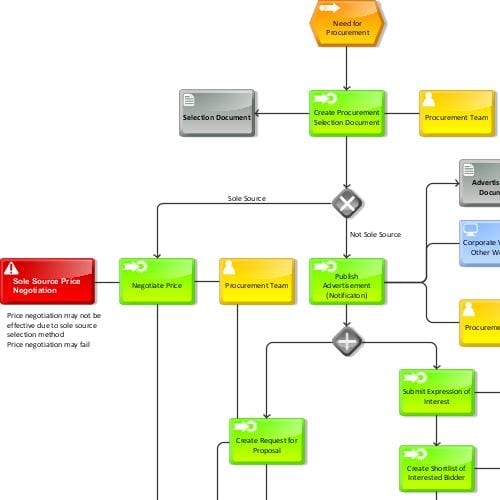Engaging Collaborative Innovation’s Losers
Change benefits some more than others. The practice of collaborative innovation, which by design offers transformative change, is no different. In this article innovation architect Doug Collins advises campaign teams on engaging people who find themselves on the losing end of the practice. Ignoring their concerns jeopardizes the initiative.




